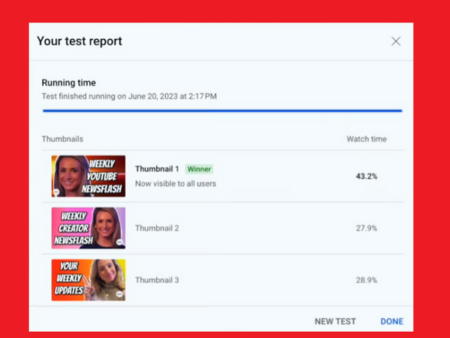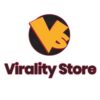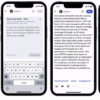While NFT sales continue to decline, and interest in the first wave of digital collectibles appears to be waning, Meta is expanding its support of digital collectibles, by making its NFT display option on Instagram available in more than 100 countries, meaning that the vast majority of IG users will now have the option to display their owned works in the app.
Meta CEO Mark Zuckerberg has posted his own signed baseball card, which will soon become an NFT, to announce the expansion.
Originally launched to selected creators in the US back in May, Instagram’s NFT display option enables users to showcase their NFTs within the main IG feed, in Stories or in Direct Messages.

As you can see in this example, NFTs on Instagram will be shown with a ‘digital collectibles’ tag, which, when tapped, will display information about the creator of the work, and the ownership of that digital item.
There’ll also be a new NFT tab added to participating accounts, with a tick in a hexagon to indicate verified NFTs.

Instagram’s NFT process supports a range of connections to the top crypto payment tools, including Coinbase, Dapper, Ethereum, Polygon, and Flow. NFT owners are also able to connect their Rainbow, Trust Wallet and MetaMask accounts to verify NFT ownership.
The expansion could see NFTs become a bigger part of the Instagram eco-system, which, on one hand, seems a little ill-timed – because as noted, NFT sales are seeing a significant decline at the moment. But on the other, the integration will provide another way to support artists, with Meta specifically highlighting the benefits for creators from underrepresented communities to monetize their work.
If people keep buying them. According to a recent report from CoinTelegraph, NFT sales declined to their lowest levels in a year in June, bringing them back to, essentially, pre-NFT hype cycle levels.

Of course, the broader downturn in the crypto market would also play a big role in this, but the overall consensus is that the air is coming out of the NFT market, as buyers continue to lose money – either to scams or market shifts – and the perceived value of NFT projects becomes less and less clear.
But still, this is likely only the first wave of digital collectibles.
A lot of Web3 folk like to talk about how ‘early’ they are to these trends, as if that’s a good thing, but the fact of the matter is that these early adopters are going to lose out, repeatedly, because these early projects will largely be worthless in the long run, while NFTs, as an offering, will change and morph into new areas that could see them hold value.
Just not as expensive cartoons that look like they’ve been stolen from the walls of an elementary school corridor.
The longer-term view for NFTs is that they’ll enable the trading of digital items in the metaverse, like clothing for your avatar or in-world items. This type of marketplace is already generating millions within game worlds, like Fortnite and Roblox, and Meta’s view is that NFTs are the first step towards facilitating the same on a broader scale.
As per Meta:
“We’re exploring a wide range of web3 technologies because we believe they will expand access, reduce costs, and accelerate innovation, empowering people and creators around the world. We are excited to continue listening to feedback from creators and collectors as we continue to build in this space.”
Whether crypto remains a central peg in this, or it reverts to fiat currency, the potential is there for the NFT framework to facilitate this type of cross-platform trading. But not yet.
So, yes, current Web3 folk are early. But it may not be the flex that they think.
On another front, Meta also notes that it’s working to reduce the emissions impact associated with the display of digital collectibles by purchasing renewable energy
There are various moving parts here, but the broader view is that this is not about displaying your monkey pictures within Instagram as the end, but it’s more of a stepping stone to enable Meta to integrate the trading of digital goods into its tools, in a way that aligns with current usage trends, and doesn’t feel as intrusive as, say, Meta building its own crytocurrency.
That would raise more questions, and open the door to increased regulation. But by integrating similar tools, and aligning with popular trends, that could be a more organic way to merge in digital items and payments, without raising as many eyebrows in the process.













